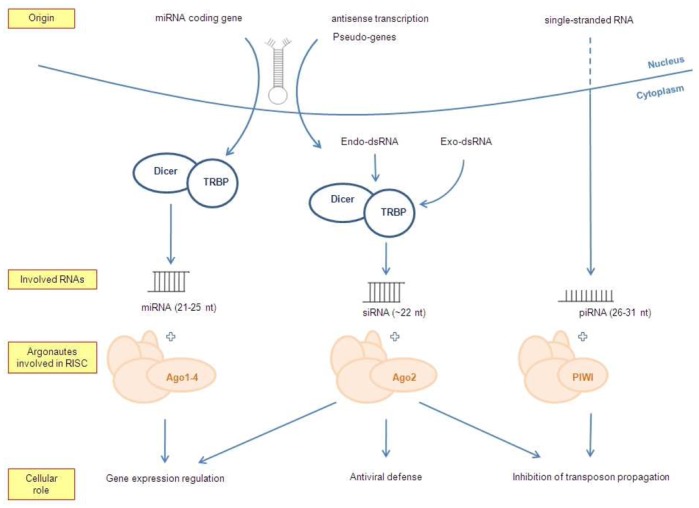Figure 3. Comparison of miRNAs, siRNAs, and piRNAs.

miRNAs are processed according to the pathway described in Figure 2.
siRNAs come from exogenous double-stranded RNA (Exo-dsRNA; viral infection) or endogenous double-stranded RNA (Endo-dsRNA; reverse transcription or transposons). Like miRNAs, siRNAs are matured by Dicer associated with TRBP and then incorporated into the RISC complex mainly composed of Ago2. siRNAs play a role in cell defense after a viral infection, in the inhibition of transposon propagation, or in the simple regulation of gene expression.
piRNAs are different from miRNAs and siRNAs mainly because of their origin and their maturation; they are derived from single-stranded RNAs and are not processed by Dicer. They are also a few nucleotides longer than miRNAs and siRNAs, are mainly present in germinal cell lines, and contribute to maintaining the genome integrity targeting transposable elements.
